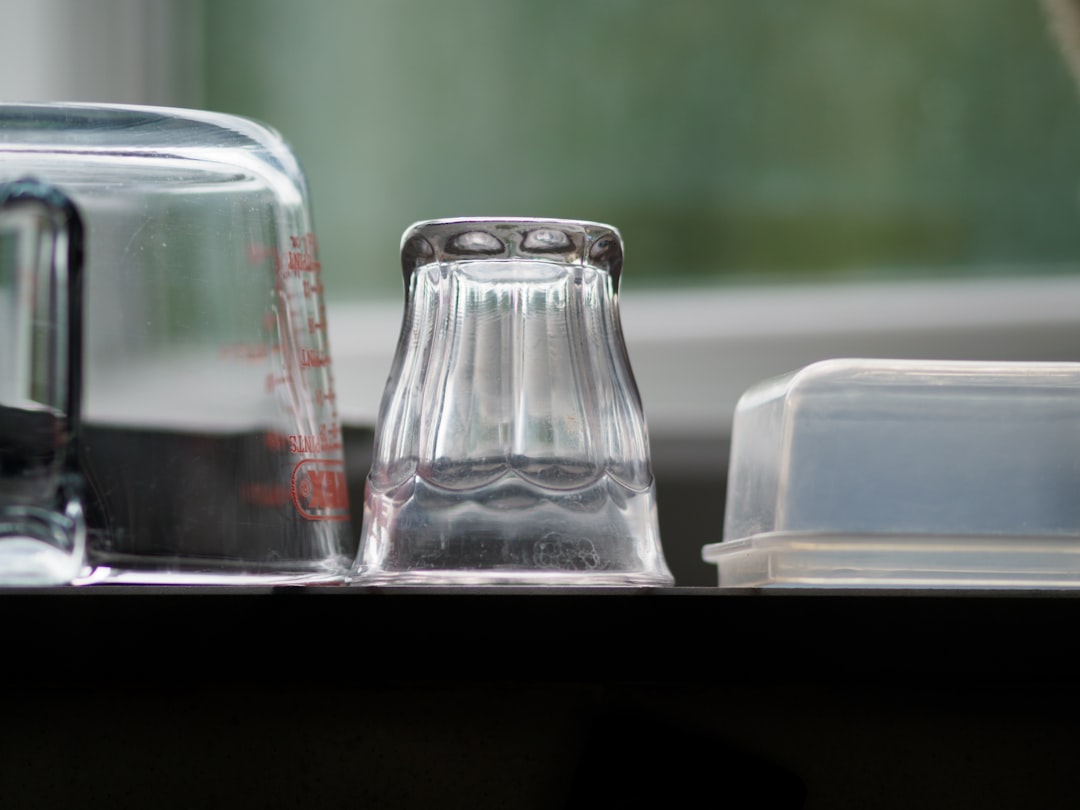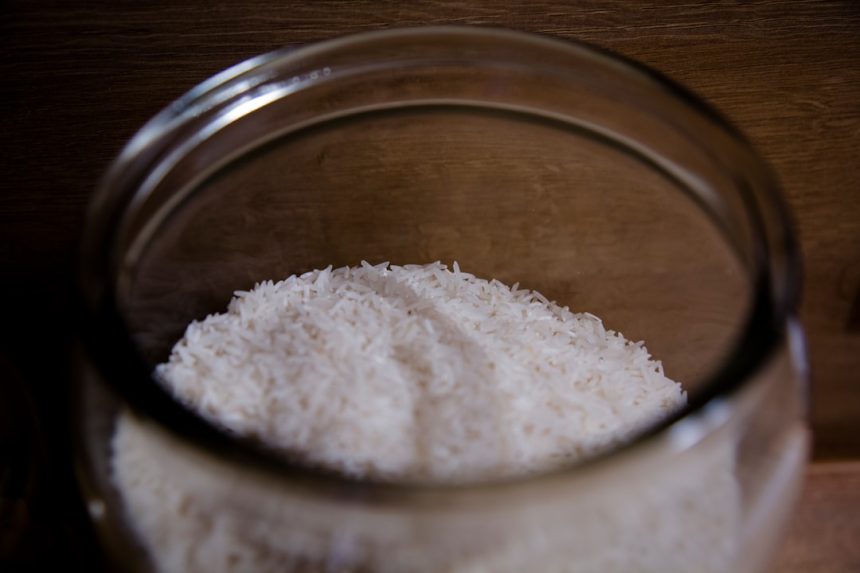When making a cup of tea or dissolving sugar in water, most don’t stop to wonder why some substances melt away into a solution while others stubbornly remain at the bottom of the cup. Solubility — the capacity of a substance to mix with or dissolve in a solvent — is at the heart of countless daily phenomena and industrial processes. While some solids easily mingle with liquids, others act like wallflowers at a dance — completely unwilling to mix. But why?
TL;DR: Solubility refers to the ability of a substance (solute) to dissolve in another substance (solvent), commonly a liquid. It depends on the internal structure of the molecules involved and their interactions. Some solids are “too shy” to dissolve due to their strong internal bonds or lack of compatible polarity with the solvent. Understanding solubility helps in everything from food science to pharmaceuticals.
What Exactly Is Solubility?
Solubility is defined as the maximum amount of a solute that can dissolve in a solvent at a given temperature and pressure. When a substance dissolves, its molecules break apart and become surrounded by molecules of the solvent, forming a homogeneous mixture — commonly referred to as a solution.
In a typical example, when table salt (sodium chloride) is added to water, it dissolves, forming a clear solution. But if one tries to dissolve sand in water, it quickly becomes evident that not all solids are willing participants.
The Cast of Characters: Solute and Solvent
Every solution has two core components:
- Solute: The substance being dissolved (e.g., salt, sugar)
- Solvent: The substance doing the dissolving (commonly water)
Water, often called the “universal solvent,” has a special ability to dissolve many — but not all — substances due to its polarity and molecular structure.
Why Some Solids Are Soluble
To understand why certain solids easily dissolve in liquids, one must peer into the molecular microcosm.
Solubility is largely determined by the intermolecular forces between solute and solvent. When these forces are favorable and similar in nature, dissolution occurs. The popular saying “like dissolves like” is quite accurate. Polar solvents dissolve polar solutes, while nonpolar solvents favor nonpolar solutes.
For example:
- Salt and Water: Both are polar, so the charged ends of water molecules surround and pull apart the ionic sodium and chloride ions in salt.
- Sugar and Water: Sugar molecules form hydrogen bonds with water, helping them dissolve smoothly.

Why Some Solids Stay Solid
But what about the stubborn materials that refuse to mix, like sand in water or oil-based solids in vinegar?
Several factors contribute to poor solubility:
1. Strong Intermolecular Forces Within the Solid
Some substances, like quartz or diamonds, have powerful covalent bonds that tightly knit atoms together. Water molecules simply don’t have enough strength or compatibility to disrupt these bonds.
2. Lack of Attraction to the Solvent
Nonpolar solids don’t mix well with polar solvents like water. Take wax, for instance. It remains undissolved in water because there’s no attraction between water molecules and the nonpolar hydrocarbon chains in wax.
3. Temperature and Pressure Conditions
Some solids might dissolve under the right circumstances. Raising the temperature generally increases solubility for solids in liquids, though exceptions exist.
The Role of Temperature and Pressure
People often notice that more sugar can be dissolved in hot tea than in iced tea. That’s because solubility for most solids increases with heat. Heat energizes the molecules, helping them break bonds and merge with the solvent more easily.
Pressure doesn’t significantly influence the solubility of solids, unlike gases. However, in some lab or industrial settings, pressure can still play a part when controlling multiple variables in a reaction vessel.
Saturation: When Enough Is Enough
A key concept in solubility is the saturation point. This is the maximum concentration of solute that a solvent can accommodate at a specific temperature and pressure. Once this limit is reached, any extra solid remains visibly undissolved.
If more solute is added beyond the saturation point, a saturated solution forms. The solution type depends on saturation:
- Unsaturated: More solute can still dissolve
- Saturated: Maximum solute dissolved
- Supersaturated: More solute is dissolved than normally possible, often unstable
Why Solubility Matters
Understanding solubility is practical and essential across numerous fields:
- Pharmaceuticals: For effective delivery of drugs in the bloodstream, medication must be soluble in bodily fluids.
- Cooking: Think of dissolving sugar or salt; too much, and the solution becomes saturated.
- Environmental Science: Helps in predicting how pollutants spread in water.
- Industrial Manufacturing: From paints to plastics, solubility determines how well components mix.

The Personality of Molecules
In a playful interpretation, some solids are “shy” because their internal bonds are so tight and self-sufficient that they don’t feel the need to mingle with other molecules. Others are more “social,” easily interacting with liquid molecules when the conditions are just right.
These interactions aren’t arbitrary; they’re guided by active principles in chemistry — molecular polarity, bond types, and thermodynamics.
Summary of Key Solubility Influencers:
- Molecular Structure: Ionic and polar substances dissolve best in polar solvents.
- Temperature: Higher temperatures often increase solubility for solids.
- Pressure: Less relevant for solids but crucial for gases.
- Intermolecular Forces: Stronger attractions within the solid decrease solubility.
Conclusion
Solubility is not just a feature of chemistry trivia — it’s a fundamental concept that explains how substances interact at a molecular level. Whether it’s making your morning coffee, designing new medications, or cleaning up environments, solubility plays a key role in mixing (or not mixing) the world’s substances. Some solids will always be “too shy” to mix unless the right conditions make them open up.
FAQ: Frequently Asked Questions About Solubility
- Why do some substances not dissolve in water?
- Because they are nonpolar or have very strong internal bonds that water molecules can’t break.
- Is there a way to increase solubility?
- Yes. Increasing temperature or changing the solvent can enhance solubility for many solids.
- What’s the difference between dissolution and melting?
- Dissolution involves interaction between solute and solvent to form a solution, while melting is about changing a solid into liquid form without mixing.
- What does “like dissolves like” mean?
- It means substances with similar polarity tend to dissolve in one another — polar in polar, nonpolar in nonpolar.
- Can a substance be insoluble?
- Yes, some substances are considered insoluble in particular solvents, especially if the amount that dissolves is negligible.







